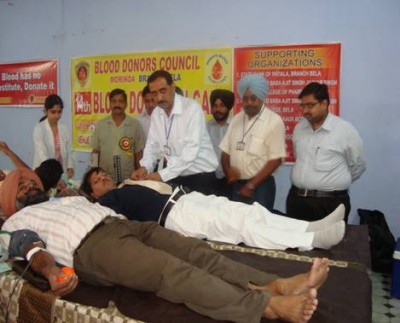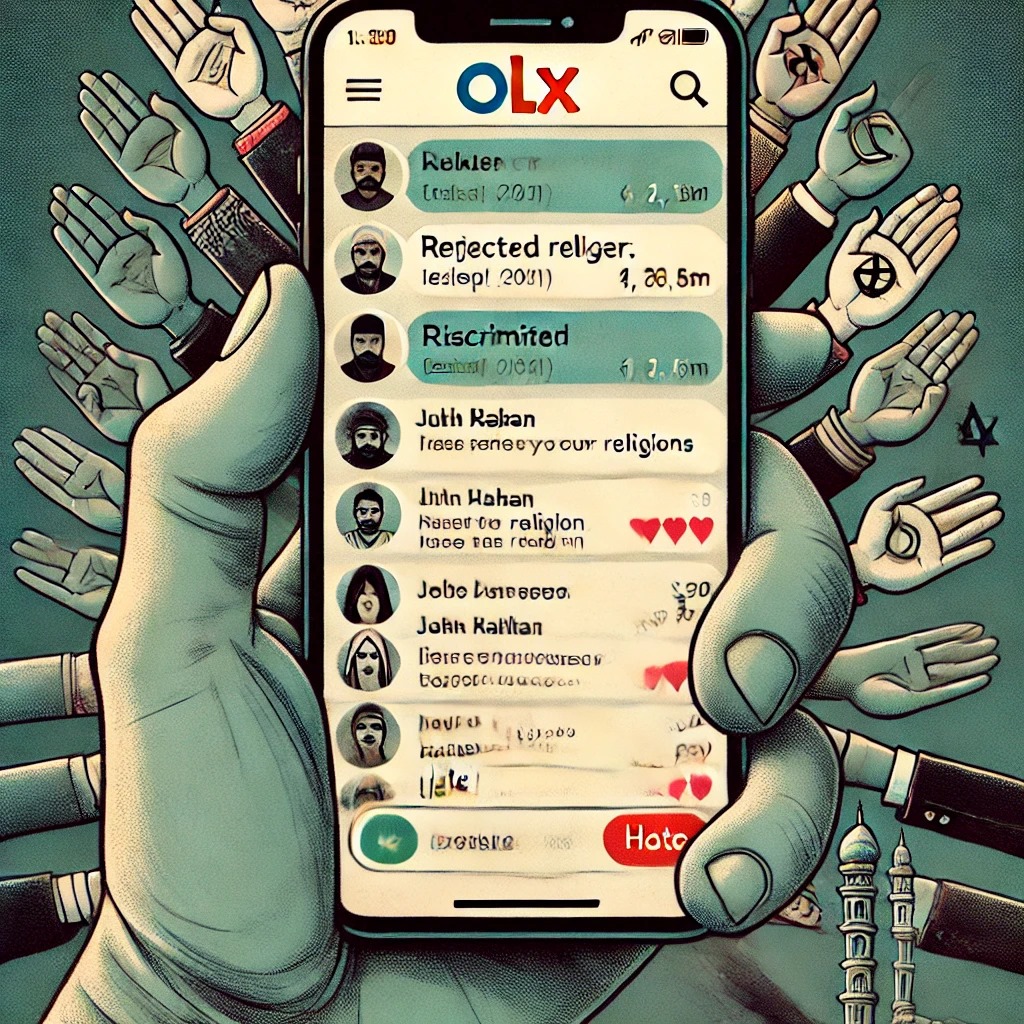Mona Rajhans, BeyondHeadlines
New Delh: The unpaid blood donations rose by 10% in all the major countries between 2007 and 2008, while India reported the greatest increase – from 3.6 million to 4.6 million- the new global data released by the World Health Organization said.
 According to the report, there was an increase by more than 50% in the number of countries collecting all their blood supplies from voluntarily unpaid donors between 2002 and 2008.
According to the report, there was an increase by more than 50% in the number of countries collecting all their blood supplies from voluntarily unpaid donors between 2002 and 2008.
In terms of the gender specific details, data from 100 countries reveal that 70% of their donors were males. The report said, “Just 25 countries collect more than 40% of their blood supplies from female donors.”
“WHO’s goal is for all countries to obtain all blood supplies from voluntarily unpaid donations by 2020.” Dr. Neelam Dhingra, Coordinator, Blood transfusion safety said. “Nine years ago, 39 countries were obtaining all their blood supplies from voluntarily unpaid donors: in 2008 that figure had gone up to 62. We hope that World Blood Donor Day will encourage more people in more countries to become regular voluntary blood donors.”
Differences in age group of the donors were also spotted depending on their economic status. For example, in richer countries the average age of the blood donors was above 44 years; whereas in the low and middle countries, it was seen that the donors were quite young ranging to about 25 years of age.
“Around 77 countries gave data on the distribution of age of blood donors. In high income countries, only 27% are between under 25 age group, while 40% of the donations are from people older than 44 years of age. In low and middle income countries, almost 45% of all donations come from people of 25 years of age and 18% from over 44 years,” the report further stated.
“One obvious reason why there are younger donors in low income countries is because the overall population tends to be younger.” Dhingra said. “Strategies to encourage people to give blood voluntarily need to take factors like this into consideration.” According to WHO’s estimate, blood donation by 1% of the population is generally sufficient to meet the country’s basic requirements for safe blood.









